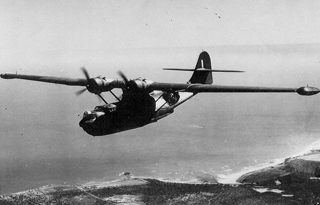|
Radschool Association Magazine - Vol 24 Page 10 |
|
| Privacy Policy | Join the Association | List of Members | Print this page | |
|
Rathmines and the Catalina.
During July 1938, No 5 Squadron (renamed No 9 Squadron on the 1 Jan,
1939), which was based at RAAF Base Point Cook, was sent to investigate
landing areas and sites around the Lake Macquarie area
At various stages during World War II, Rathmines housed Nos. 9 (Walrus), 11, 20 and 43 (Catalina), 40 (Sunderland and Martins), 41 (Dorniers, Martins and Empires) and 107 (Kingfisher) Squadrons. The Rathmines RAAF seaplane base played a pivotal role in the defence of Australia in World War II and its flying boats were involved with the mining of Manilla Harbour and played an important part in the Battle of the Coral Sea.
The base reached its peak strength of almost 3,000 RAAF personnel in 1944-45. It comprised 230 buildings and marine facilities and there were forty aircraft in service.
As well as being a vital repair centre, it was also
|
|
|
Part of the old north-east aircraft maintenance workshop facilities is now used by the Christadelphian Society as their bible school.
|
|
|
An elderly
couple was attending church services, about halfway through she
The aircraft workshop facilities.
The 4 “huts” in front were the old Airmen’s sleeping quarters, and have been moved here from other parts of the base by the Christadelphian Society, for their use.
Part of the old concrete slipway, where the aircraft were dragged from the water for servicing, can be seen in the forefront of the photo.
It’s now the "biggest boat ramp" in NSW
|
|
|
|
|
|
The old Sergeants’ Mess, now the Westlakes Music Centre.
|
|
|
. |
|
|
The old Officers’ Mess, now the Rathmines Memorial Bowling Club.
|
|
|
A man and his wife are awakened at 3 o'clock in the morning by a loud pounding on the door........ The man gets up and goes to the door where a drunken stranger, standing in the pouring rain, is asking for a push. "Not a chance," says the husband, "It is three o'clock in the morning." He slams the door and returns to bed. "Who was that?" asked his wife. "Just some drunk guy asking for a push," he answers. "Did you help him?" she asks. "No. I did not. It is three o'clock in the morning and it is pouring rain outside!!."
|
|
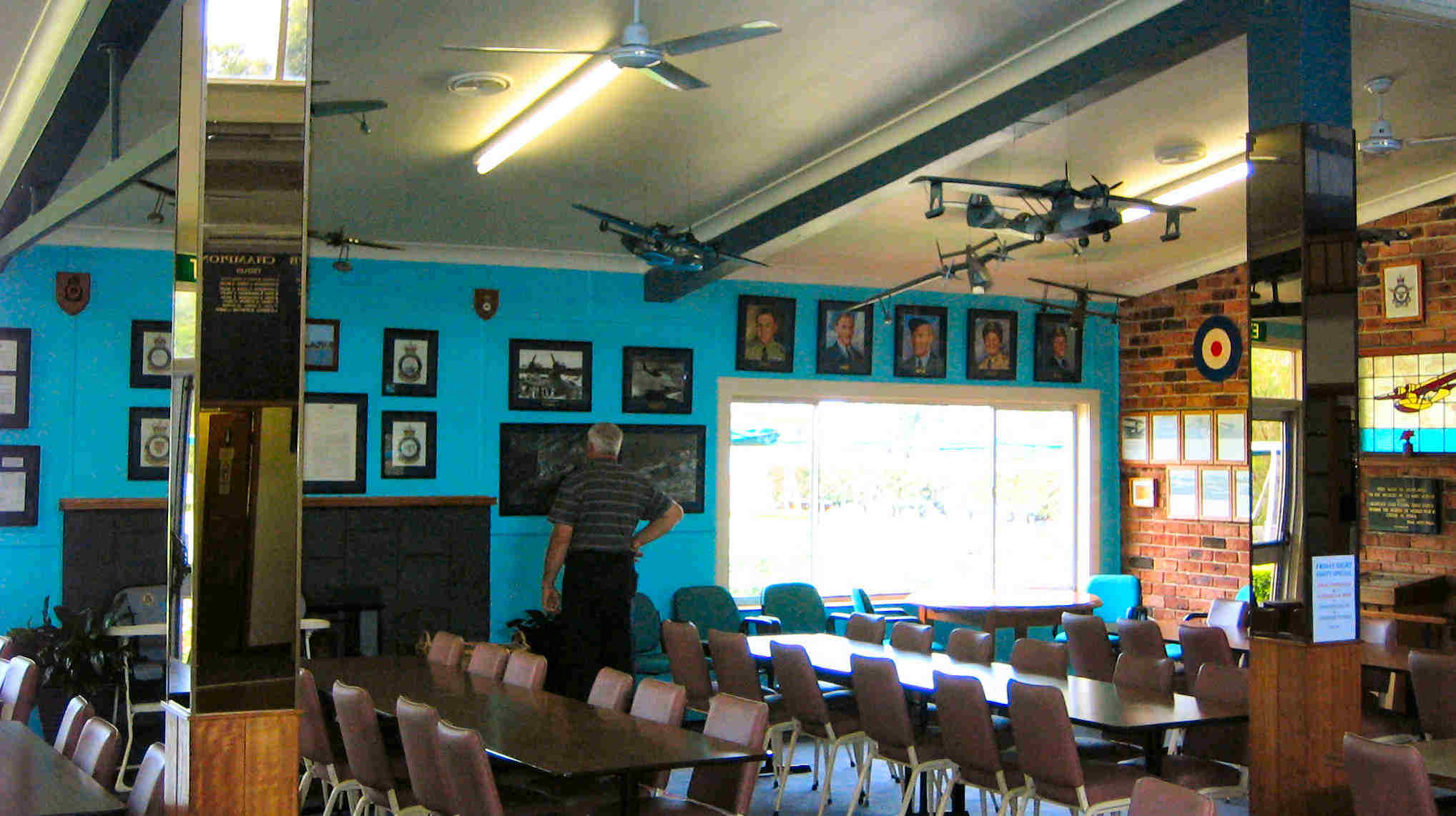 |
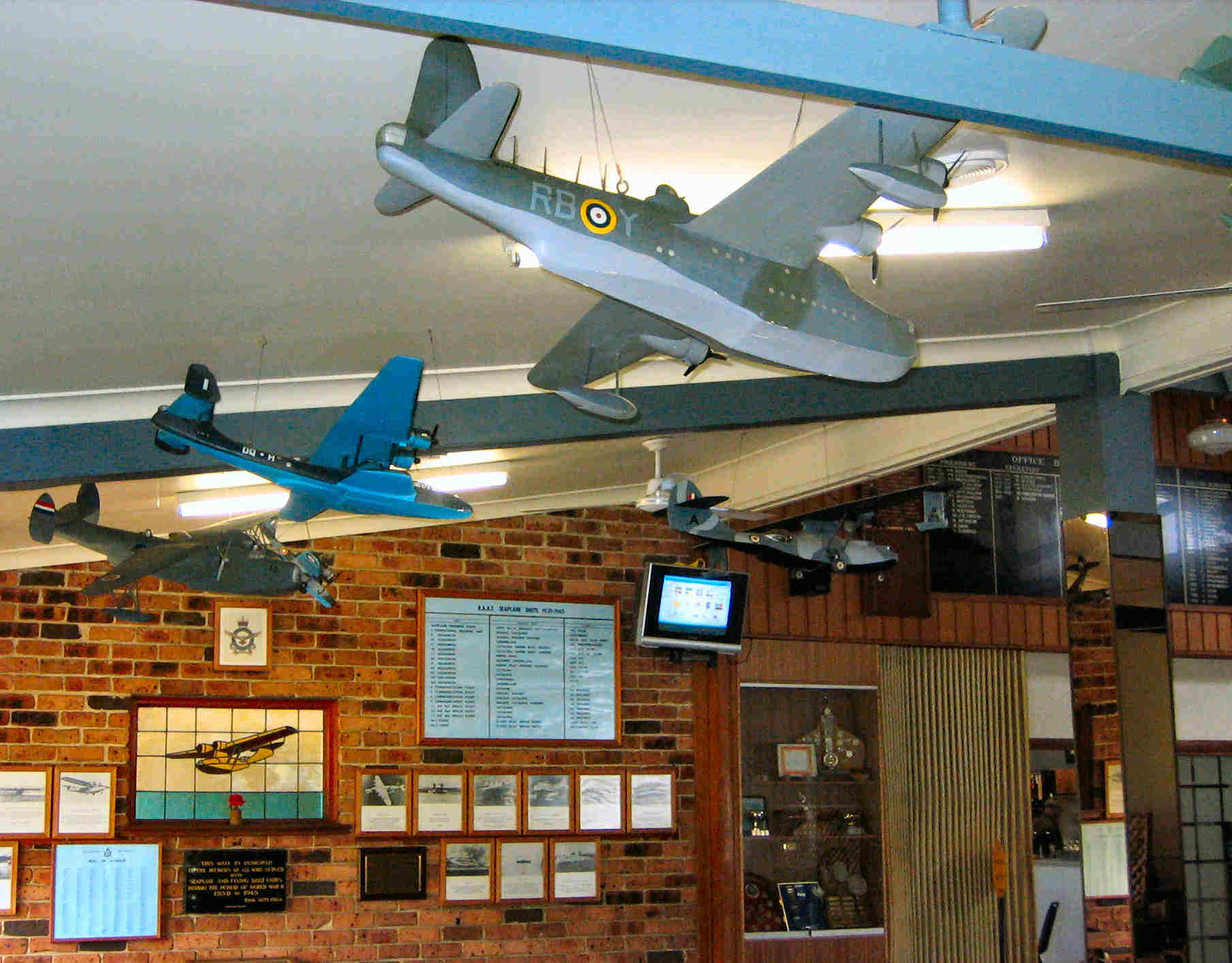 |
|
|
|
|
The two photos above show the Officers’ Mess (Bowls Club) as it is today, while the photo as left is how it was during the war. |
|
|
Following World War II, Rathmines was used as a ground training base, and the Officers' Training School was formed there along with training facilities for senior non-commissioned officers, physical training instructors and national servicemen. In 1962, the Base was sold to the Lake Macquarie Council. Many buildings were privately purchased and removed from the site or used by Lake Macquarie Council as community halls. A large hangar, complete with electrically-operated doors, which was used for servicing seaplanes, was pulled down and was shipped to RAAF Base Richmond to house the RAAF's then-new C-130A Hercules aircraft.
|
|
|
He who laughs last, thinks slowest.
|
|
|
The original Rathmines base has now been heritage listed by the NSW State Government and an application for similar recognition has been made to the Federal Government so that funds may be raised for the erection of a hangar type Museum.
The Base has continuing social significance to WWII service personnel and to the community of Lake Macquarie, who recognise the site's history and continue to use the site, creating an evolving landscape which retains significant elements of the RAAF Base.
|
|
|
|
|
|
The old Airman's recreation centre (above), which used to be the Base's picture theatre and gymnasium, is now used as the Rathmines Community Hall. Below, one of the old Airmans' sleeping huts, which is now used by the Christadelphian society.
|
|
|
|
|
|
|
|
|
The Catalina
During WWII, it was a Catalina, flown by USN pilot Ensign Smith, that on Monday morning, 26th May 1941, found the Bismarck which allowed the British to sink her.
|
|
|
On the other hand, you have, like, different fingers.
|
|
|
Flying boats,
such as the Catalina, placed a special demand on training air crews who
not only learnt to fly the aircraft but needed to learn manoeuvres in sea
conditions which were usually associated with naval operations.
The Catalina is a twin-engine high winged amphibious monoplane with retractable wing tip floats. It features an almost cantilevered wing mounted above a shallow but broad hull on a central pylon. The wing has a rectangular centre section and tapered outer panels, all of stressed-skin all-metal construction, though the ailerons and trailing edges are fabric-skinned.
A unique feature is the wing-tip floats, which are mounted on pivoted frames, which can be retracted electrically so that in flight the floats form the wingtips. The hull is also all-metal, with a broad semicircular upper surface.
The bow has a mooring compartment and transparent sighting window with a roller blind giving seawater protection. A turret all-round window was fitted in the upper bow. The two pilots sat side-by-side in a wide cockpit with large windows all round. Left and right gunner stations comprised blister windows on the waist of the hull behind the wing. The tail was of a tall design with the horizontal tail mounted well up the single fin. Power was supplied from a pair of two-row Pratt & Whitney Twin Wasp engines neatly cowled on the centre section with cooling gills and driving Hamilton variable-pitch propellers.
About 3,300 Catalinas were produced and many are still flying today as water bombers, flying geological surveys, carrying people, supplies and equipment to inaccessible areas and even flying sportsmen into remote areas for hunting and fishing.
|
|
|
An exasperated caller to a Computer Tech Support said she couldn't get her new Computer to turn on. After ensuring the computer was plugged in, the technician asked her what happened when she pushed the power button. Her response, "I pushed and pushed on the foot pedal and nothing happened.” The ‘foot pedal’ turned out to be the mouse.
|
|
|
Back Go to page: 1 2 3 4 5 6 7 8 9 10 11 12 13 14 15 16 17 18 Forward |
|
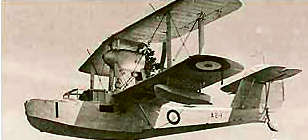 (near
Newcastle in NSW) for the establishment of a Base and the eventual move of
the squadron. In September 1939, camp was set up, and arrangements were
made to rent local cottages as living quarters. The Base, with Wing
Commander J.E. Hewitt in command, became operational when 9 Squadron
transferred from Point Cook to Rathmines with Seagull flying boats
(right). Catalina flying boats arrived at the Base in February 1941, and
by September 1943 the Base was comprised of 14 Catalina's, two Seagulls, a
Dornier and a Dolphin. During training, many personnel brought their
families to live in the towns and villages near the Rathmines Base which
influenced the establishment of other services such a school and post
office.
(near
Newcastle in NSW) for the establishment of a Base and the eventual move of
the squadron. In September 1939, camp was set up, and arrangements were
made to rent local cottages as living quarters. The Base, with Wing
Commander J.E. Hewitt in command, became operational when 9 Squadron
transferred from Point Cook to Rathmines with Seagull flying boats
(right). Catalina flying boats arrived at the Base in February 1941, and
by September 1943 the Base was comprised of 14 Catalina's, two Seagulls, a
Dornier and a Dolphin. During training, many personnel brought their
families to live in the towns and villages near the Rathmines Base which
influenced the establishment of other services such a school and post
office. 
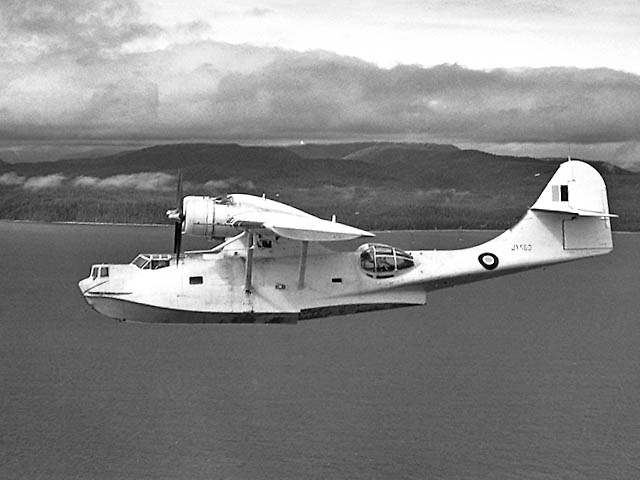 a centre for training, housing the
Operational Training Unit for Catalina crews and in all provided training
to over 200 crews during the war. New flying boats, made in the USA, were
flown to Rathmines and were then converted for operational duties. Between
1941 and 1952, the RAAF operated a total of 168 Catalinas, with the prefix
A24, and these were flown by four front line squadrons, two communications
units and three air-sea rescue flights. The Catalina flying boats were the
only aircraft to see service with the RAAF for the total wartime
operations against Japan. In January 1952, after the war, the Catalina was
declared surplus to requirements.
a centre for training, housing the
Operational Training Unit for Catalina crews and in all provided training
to over 200 crews during the war. New flying boats, made in the USA, were
flown to Rathmines and were then converted for operational duties. Between
1941 and 1952, the RAAF operated a total of 168 Catalinas, with the prefix
A24, and these were flown by four front line squadrons, two communications
units and three air-sea rescue flights. The Catalina flying boats were the
only aircraft to see service with the RAAF for the total wartime
operations against Japan. In January 1952, after the war, the Catalina was
declared surplus to requirements.

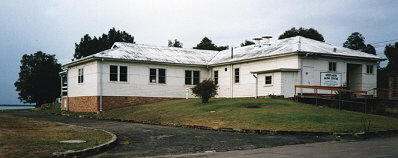
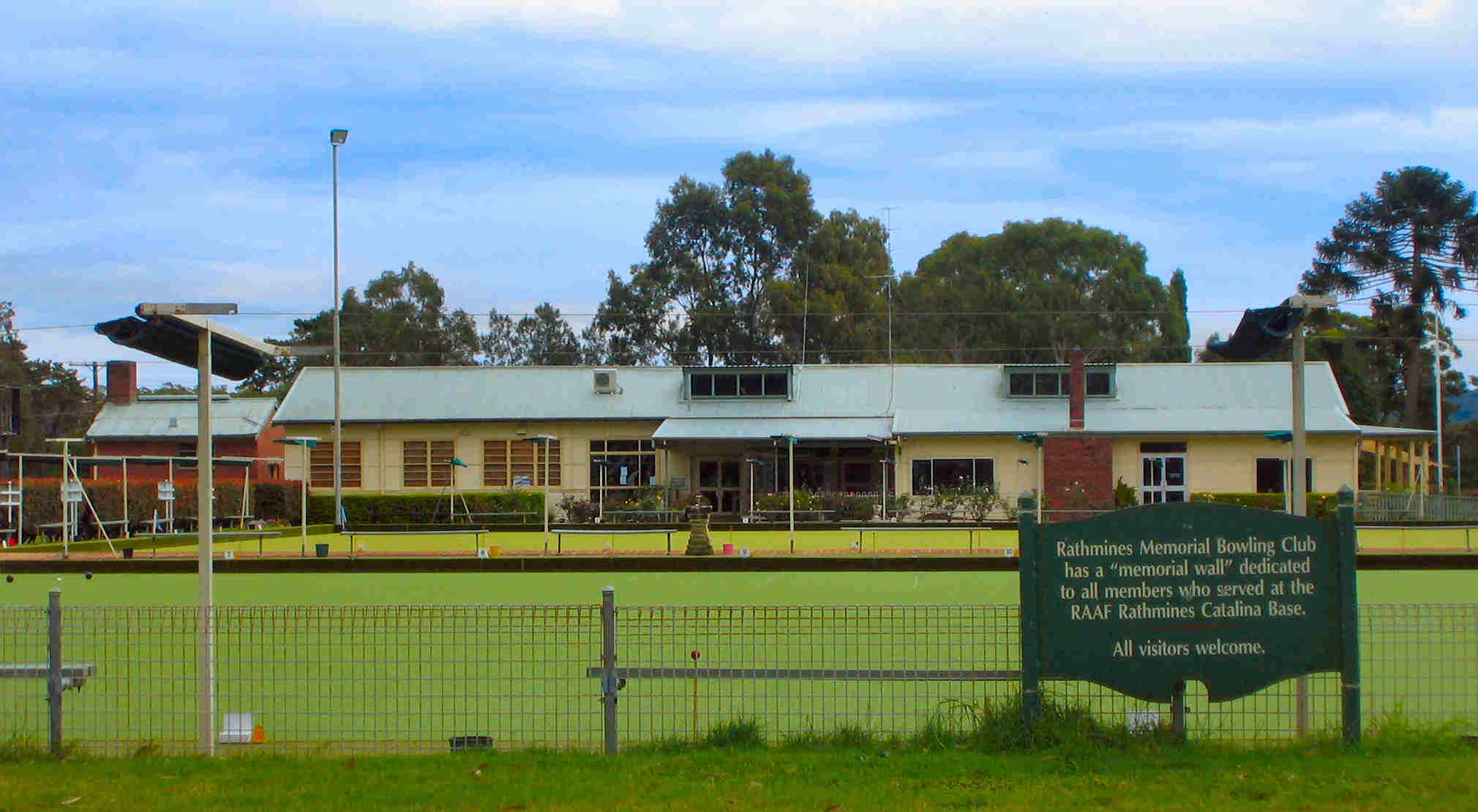
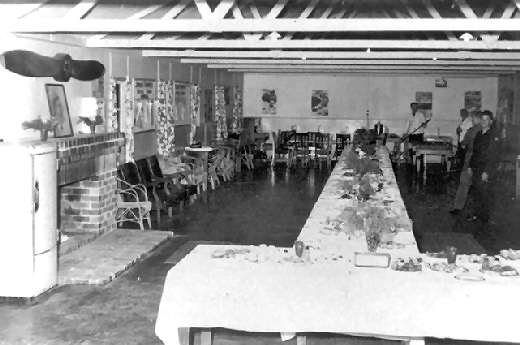
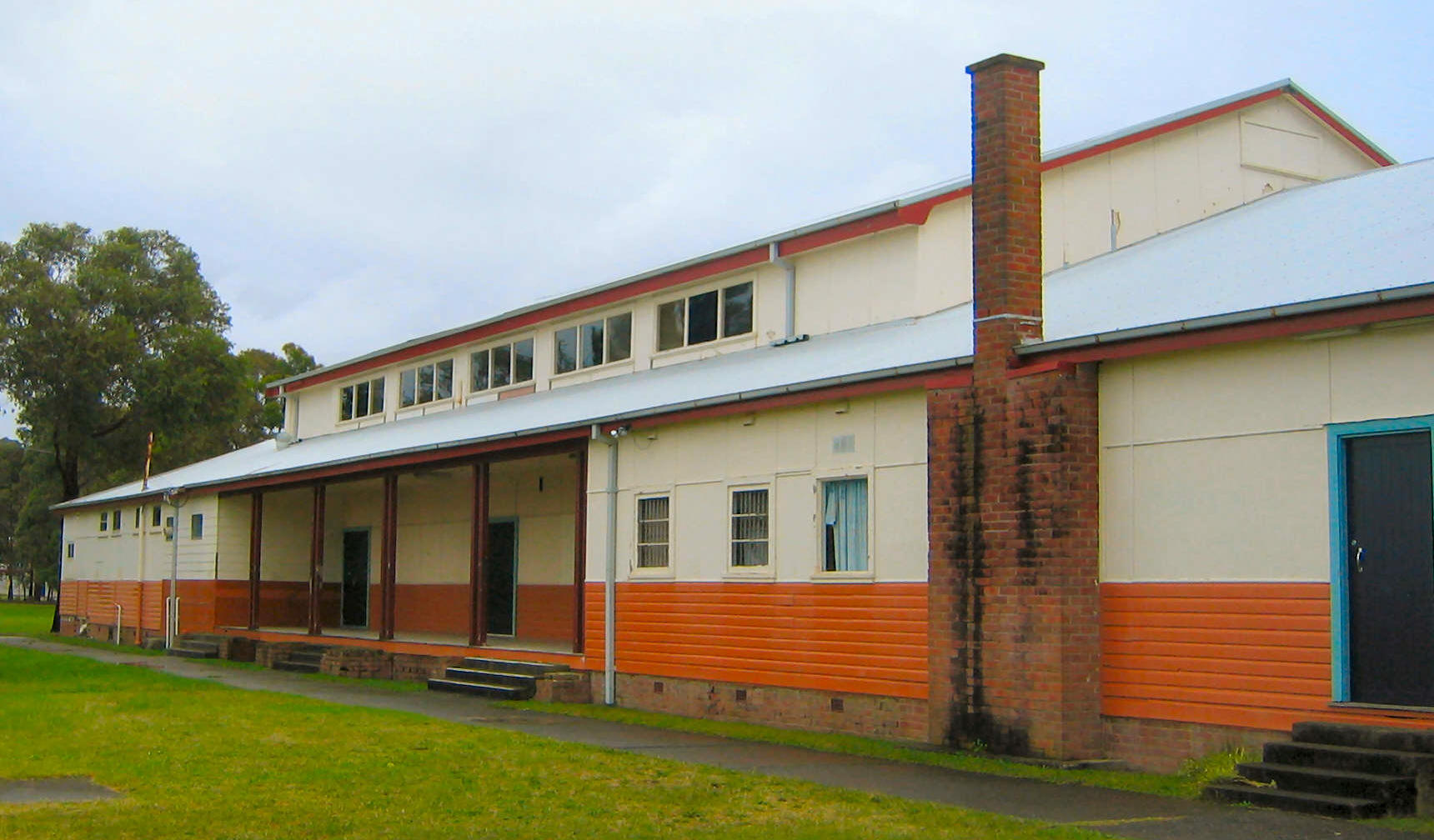
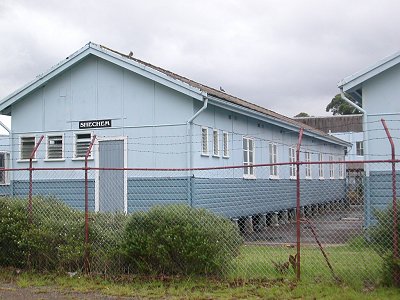
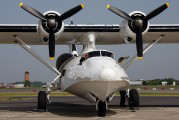
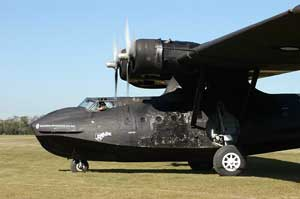 The famous Black Cats (right) were used on covert night operations in just
about every enemy port in the South West Pacific Area, operations
extending as far as the Chinese coast. During these operations 322 aircrew
were lost. The Black Cats were painted matt black and roamed the western
Pacific from December 1942, laying mines in enemy harbours, finding
Japanese ships by radar at night and picking up Allied survivors from
ships and aircraft who were afloat in boats and dinghies.
The famous Black Cats (right) were used on covert night operations in just
about every enemy port in the South West Pacific Area, operations
extending as far as the Chinese coast. During these operations 322 aircrew
were lost. The Black Cats were painted matt black and roamed the western
Pacific from December 1942, laying mines in enemy harbours, finding
Japanese ships by radar at night and picking up Allied survivors from
ships and aircraft who were afloat in boats and dinghies.